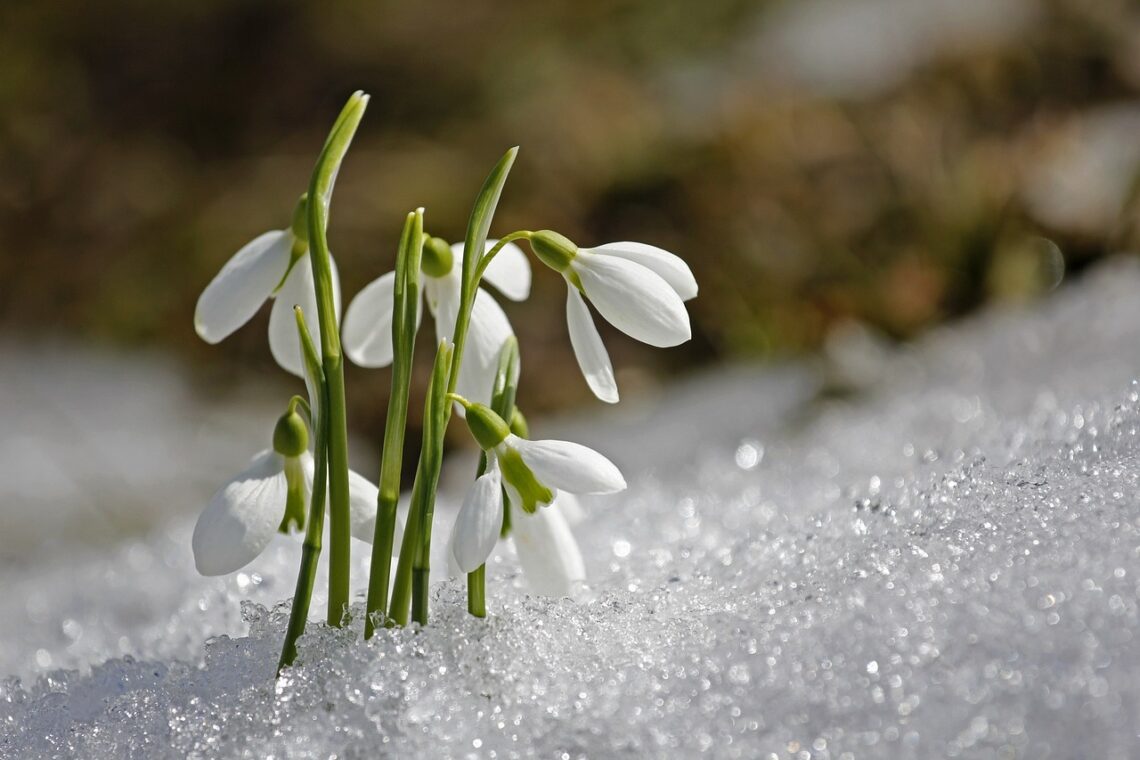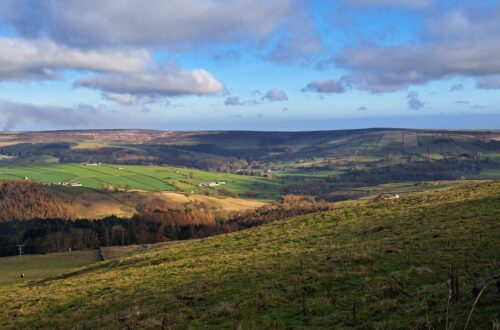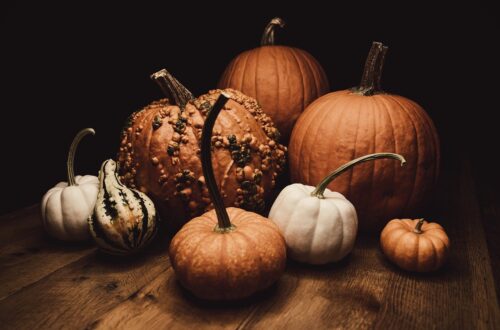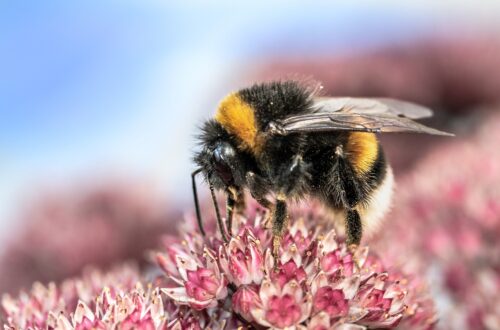Ring in the New Year with the best New Year goals for a more eco-friendly home and garden!
Setting goals for the New Year is a great way to get inspired and focus your actions and attention for the year to come. Because greener living and sustainability are so important to me, I set a sustainability goal or two for myself every year. So, of course, I spent some time this week brainstorming a few sustainable New Year’s resolutions!
Below, you’ll find a little list of 21 best new goals for the New Year that can make your home and garden a little greener. In the New Year, I’ll be committing to some of these sustainability goals myself, and I hope you’ll try them right along with me!
Affiliate disclosure: As an Amazon Associate, I may earn commissions from qualifying purchases.
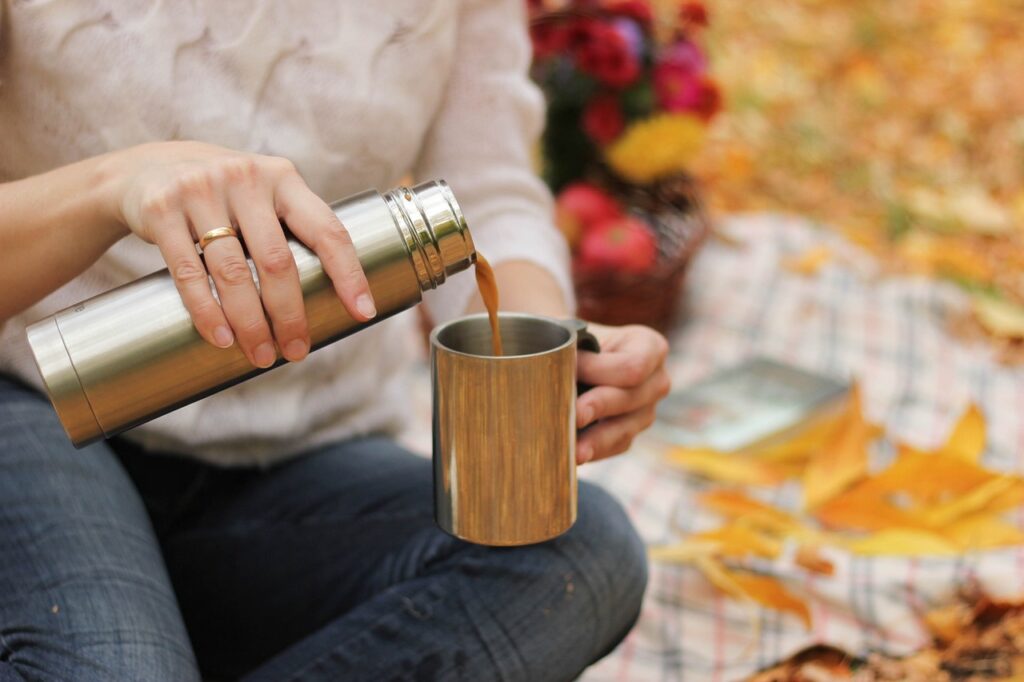
1. Bring reusables.
One of the easiest ways to slash waste in your day-to-day is to bring reusables, like reusable shopping bags and a reusable coffee mug, with you when you leave your home. This will help you reduce single-use plastic waste in the New Year!
2. Sign up for a CSA.
When you sign up for a CSA or “community supported agriculture,” you basically get a subscription to a certain amount of locally-produced food from local farmers. Buying food locally supports your community, but it also reduces fuel usage since food won’t need to be transported far. Not to mention, most locally produced food isn’t sold in wasteful plastic packaging.
3. Stop buying single-use plastic water bottles.
Avoiding all single-use plastic can be a challenge, but if you’re looking to live more sustainably this year, getting rid of one type of plastic (like plastic water bottles!) is much more doable. Investing in a reusable water bottle keeps, on average, about 156 single-use plastic bottles out of the waste stream each year. To ensure you remember to bring your reusable bottle with you, store it by your front door with your reusable coffee mug and shopping totes!
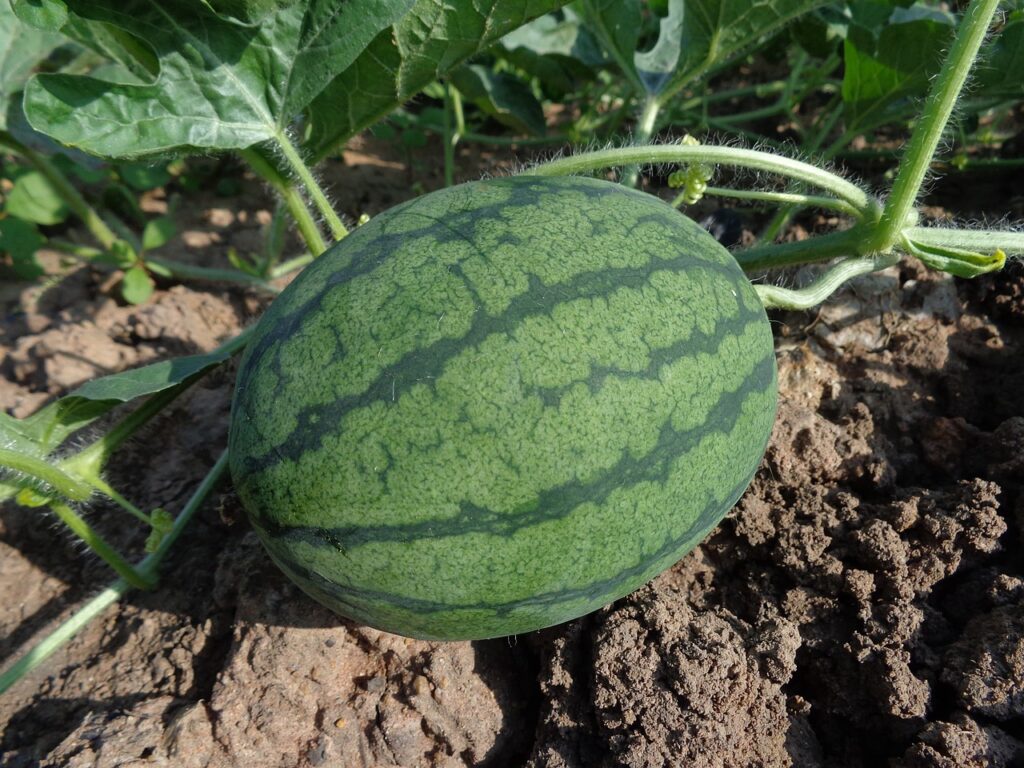
4. Start a garden.
Joining a CSA is just one way to make your food a little greener. But growing your own food at home can also reduce fuel waste and single use plastic packaging! Many of our favorite foods can be grown in a small space garden, but you can also grow some veggies and herbs indoors on a sunny windowsill.
Tip: If you’re new to growing your own food, start out with easy-care veggies, like lettuce, kale, and radishes!
5. Avoid pesticides and herbicides.
If you already have a garden, but want to make it a little more eco-friendly, commit to reducing pesticide and herbicide use this year. Using traditional pest control methods, like crop rotation and companion planting, can limit pest insects while keeping pollinators safe. For natural weed control, skip ahead to number 17 below.
6. Use organic fertilizers.
Instead of using synthetic fertilizer, try out some organic swaps instead. There are lots of organic fertilizers in the market that are just as good for gardens – including alfalfa meal, soybean meal, and fish emulsion. For a more DIY approach, try making your own compost in an outdoor compost bin (or an indoor vermicomposter) and use your homemade compost to boost soil health!
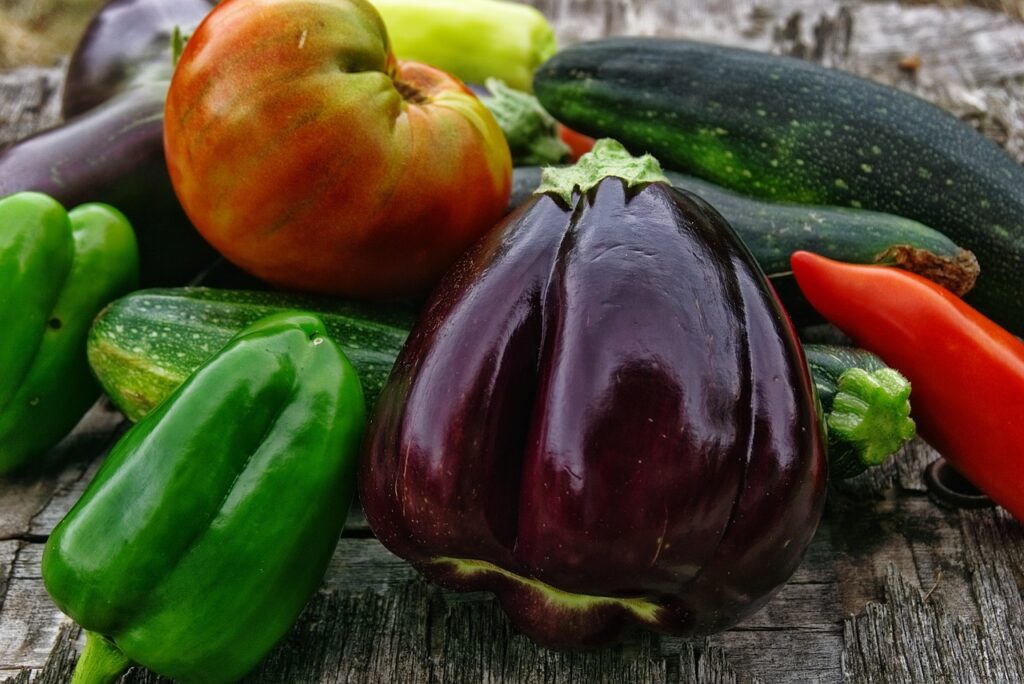
7. Eat more plants.
You may not want to go full vegetarian or vegan this year, but replacing just 1 or 2 servings of meat per week can make your plate a little more eco-friendly. The meat industry produces a lot of greenhouse gas emissions and often leads to deforestation and other issues. In contrast, growing plants for food tends to be easier on the environment – especially if those plants are grown locally or in your own garden!
8. Start composting.
Food waste doesn’t break down properly in low oxygen landfills, which leads to the production of greenhouses gases like methane. But this doesn’t occur when organic matter decomposes in an oxygen-filled compost pile. Not to mention, composting at home reduces yard and kitchen waste and provides you with rich compost for garden and houseplant use.
Tip: If you live in the city or don’t have space for an outdoor compost pile, check out my indoor composting guides on bokashi composting and vermicomposting!
9. Switch to LEDs.
LEDs use significantly less energy than incandescent bulbs, which can reduce energy consumption and save you money on your next energy bill. However, if you grow indoor plants or plan to start seeds indoors this spring, there’s another reason why you may want to switch to LEDs. LEDs produce less heat than incandescents and are less likely to burn plants and seedlings or cause wilted leaves!
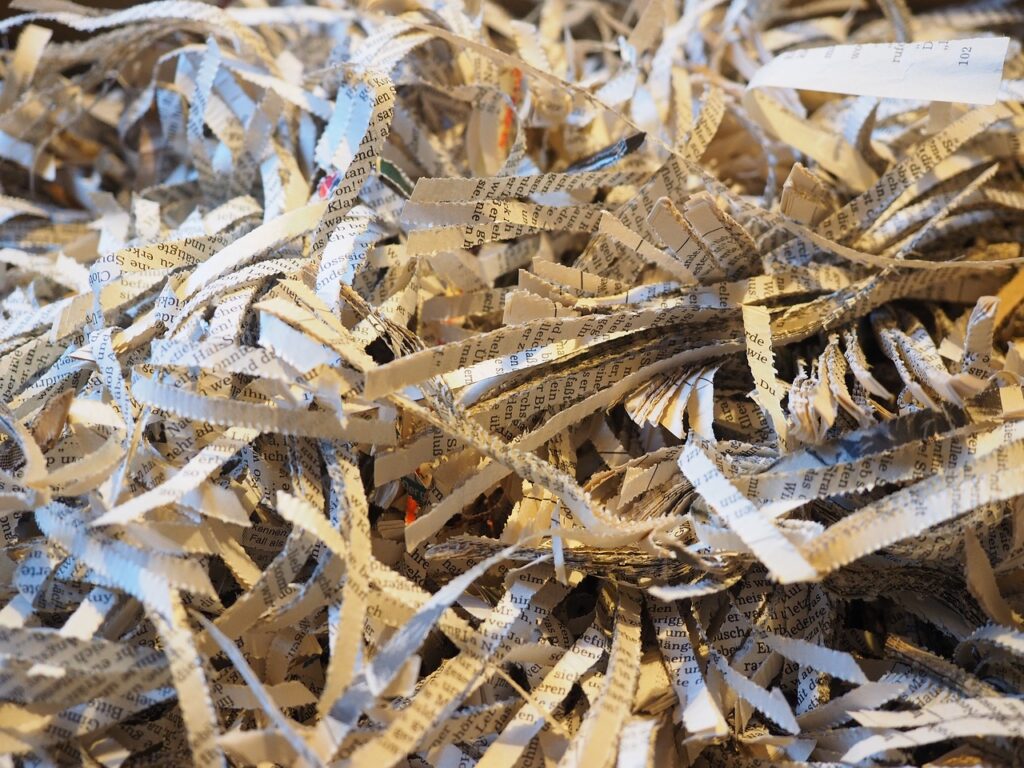
10. Limit paper waste.
Focusing on reducing one type of trash is much easier than tackling all types of waste at once. And if you want to focus on reducing paper waste in the New Year, there are lots of ways to do just that. Try taking notes on your computer or in a reusable notebook, swap out single-use paper towels for reusables ones, and replace paper plates and paper cups with reusables too.
If you do end up with paper waste, add it to your compost pile or use it to make paper crafts. Most uncoated, non-glossy paper can be composted, while paper scraps can be upcycled into wrapping paper, turned into papier mache, or used in scrapbooking.
11. Skip fast fashion.
Every year, Americans throw away a staggering 34 billion tons of used textiles – and much of that is cheaply made fast fashion that isn’t meant to last. Rather than buying trendy pieces, look for classic, staple clothing items that can be cherished for years, and mixed and matched with pieces you already own. If your capsule wardrobe is made out of natural fibers – like cotton, hemp, and untreated wool – that’s even better!
12. Learn how to mend clothes.
Purchasing well-made clothes that are meant to last is a great way to reduce clothing waste. But you can also keep clothing out of the trash by learning how to mend your favorite pieces either with hidden stiches or colorful thread, yarn, and patches that transform worn items into something entirely new. I have an old darning egg from my great-grandmother and I love to think about all the clothes that have been repaired with it in the past and how many more clothing items will be saved with it in the future!
13. Start volunteering.
If you want to make a difference in the New Year, consider joining a volunteer group or create your own volunteer project that addresses a cause or issue that’s particularly important to you. I use Volunteer Match to find volunteering opportunities in my area, but you can also check social media pages or browse non-profit websites for projects and local chapters. If you want to “Save the Bees,” check out sites like Xerces Society and Homegrown National Park.
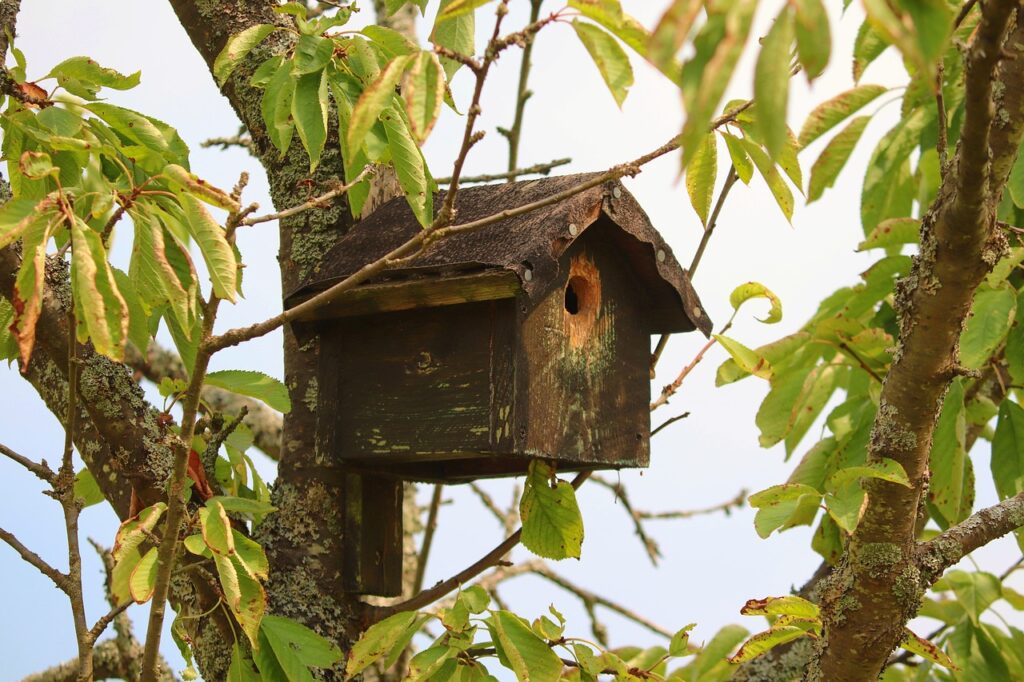
14. Make your garden more wildlife friendly.
Creating a backyard wildlife habitat is my favorite way to counteract habitat loss and help animals like bees, monarch butterflies, and other wildlife make a comeback. I have lots of guides on how to create wildlife habitat gardens for fireflies, finches, woodpeckers, and even owls, and I definitely recommend checking them out because they all include helpful, species-specific details. However, if you’re new to wildlife gardening, planting native plants and adding a small water feature is a great place to start!
15. Reduce water waste.
Reducing water waste can look like taking shorter showers or filling your sink with water when doing dishes instead of leaving the tap running. But you can also save water in the garden by replacing inefficient sprinkler systems with water saving drip irrigation lines or soaker hoses. These watering methods direct water straight to plant roots and limit the amount of water that’s lost to evaporation.
16. Cut waste in 1 area of your home.
Going completely low waste or zero waste can feel intimidating… but you can reduce waste in your home little by little by focusing on one room at a time. For most people, the majority of household waste is generated in either the kitchen or the bathroom, but gardens can create a lot of waste too!
- If you want to reduce waste in the kitchen, start composting, avoid using paper towels, and purchase from bulk food stores or local farmstands and farmer’s markets when you can.
- If you want to reduce waste in the bathroom, swap out plastic shampoo bottles for shampoo bars, use bar soap instead of shower gel, and invest in a reusable safety razor.
- If you want to reduce waste in the garden, start composting (composting is handy for reducing all kinds of waste!), grow your own plants from seeds rather than nursery starts, and upcycle old pots, garden hoses,* and other waste when you can.
Tip: You can use old garden hoses when staking trees. Cut the garden hose into small pieces, and thread it over the cord you’re using for tree staking. This will keep the cord from rubbing against your tree’s bark and causing damage!
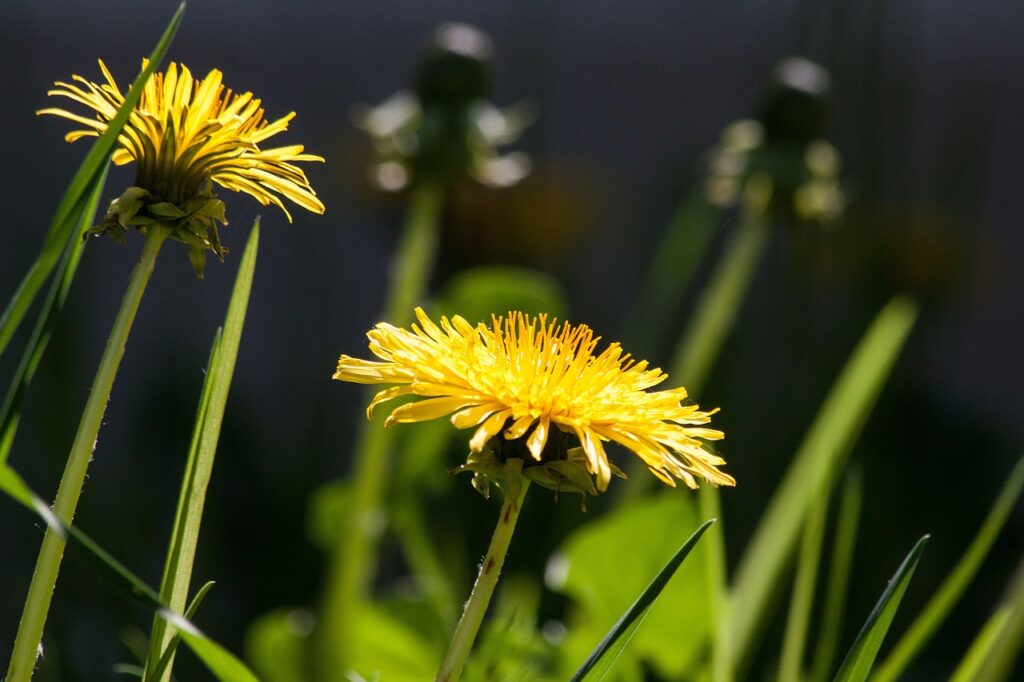
17. Practice no-till gardening.
Tilling garden soil disturbs beneficial microorganisms and earthworms, but it can also sow weed seeds and make gardens weedier in the future. Instead, try out no-till gardening methods like lasagna gardening, or simply build your soil from the top-down with annual applications of compost or mulch. My go-to book on all things no-till is Lee Reich’s Weedless Gardening.
18. Get your garden certified.
If you’ve already created a wildlife habitat garden, you can take it one step further and get your garden certified as a wildlife habitat this year. Many local cooperative extension offices offer this service, but you can also get your garden certified by organizations like the National Wildlife Federation. When you do, you’ll receive a nifty sign that may inspire your neighbors to start their very own wildlife garden.
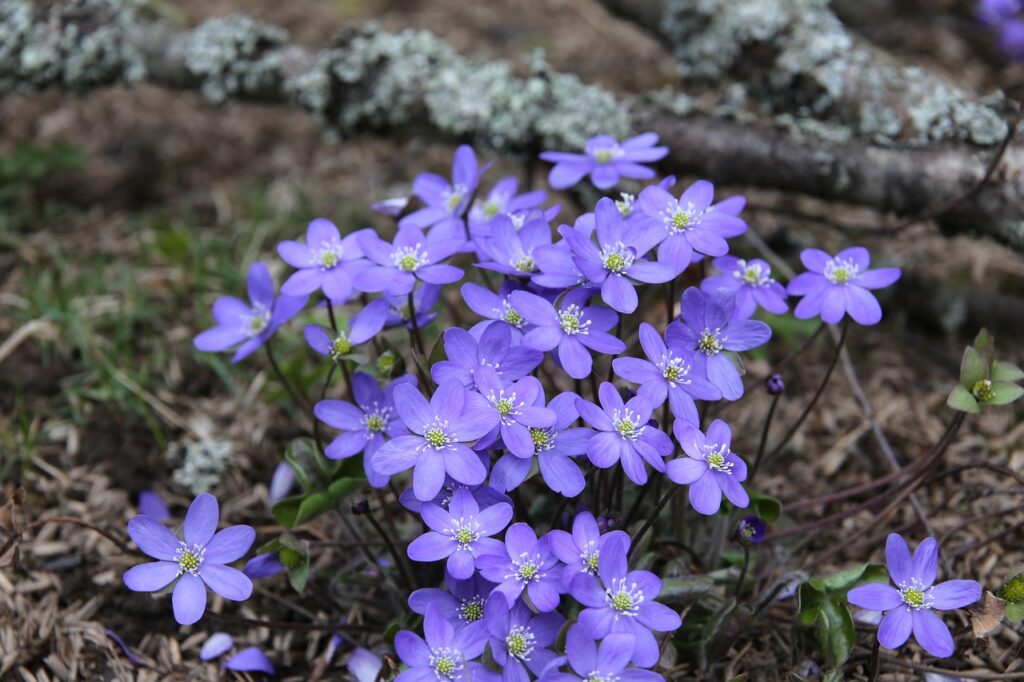
19. Plant more native plants.
Native plants support bees and other beneficial bugs, and pollinators are more likely to visit your garden if you have native plants around. Native plants are also more resistant to drought, pests, and other issues, and they can be every bit as pretty as non-natives. Adding just a few native plants to your garden every year will allow you to slowly transition your space into a native plant paradise without breaking the bank!
20. Read 1 eco-friendly book a month.
As a former librarian, I make it a goal to read a certain number of books every year, and at least a few of those books are always about gardening and sustainability. It’s surprising how much you can learn by reading just 1 eco-minded book a month. By the end of the year, you may have mastered a new gardening skill, learned a new craft, or become an expert on birds!
If you’re looking for some reading inspiration, I have a full guide on gardening books right here.
I’d also definitely recommend checking out eco-friendly books like:
- Braiding Sweetgrass by Robin Wall Kimmerer
- The Overstory by Richard Powers (This one’s fiction!)
- Forest Bathing by Dr. Qing Li
- Silent Spring by Rachel Carson
- Ishmael by Daniel Quinn (Also fiction!)
